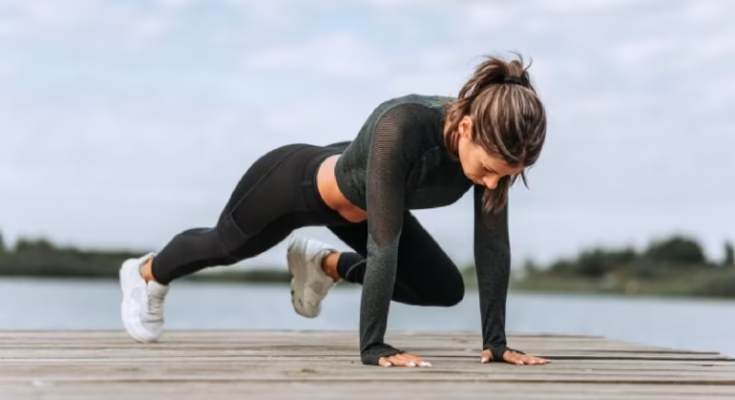1. Swimming
Swimming is often hailed as one of the best workouts. The buoyancy of the water supports your body, reducing strain on sore joints and allowing for smoother, more fluid movement. “Swimming is ideal for those with arthritis since it’s low-impact,” says Dr. I-Min Lee, a professor of medicine at Harvard Medical School.
Studies also show that swimming can boost your mental well-being, helping to improve your mood. Water aerobics is another great option for burning calories and toning your body.
2. Tai Chi
Tai Chi, a traditional Chinese martial art, blends movement and relaxation, benefiting both the body and mind. Often described as “meditation in motion,” Tai Chi consists of a series of slow, flowing movements that transition seamlessly from one to the next. With classes available at various levels, Tai Chi is accessible to people of all ages and fitness levels. “It’s especially beneficial for older adults because balance, which tends to decline with age, is a key aspect of fitness,” explains Dr. Lee.
Look for classes at your local YMCA, community center, or senior center to get started and learn the proper technique.
3. Strength Training
Strength training isn’t just for bodybuilders. Lifting light weights won’t bulk up your muscles, but it will help maintain muscle strength. “If you don’t use your muscles, they weaken over time,” says Dr. Lee.
Building muscle also boosts metabolism. “The more muscle you have, the more calories you burn, which makes it easier to manage your weight,” Dr. Lee notes. Additionally, like other forms of exercise, strength training may help preserve brain function as we age.
If you’re new to weightlifting, focus on mastering proper form. Start with light weights—around one to two pounds—and aim for 10 repetitions. Gradually increase the weight as you build strength.
4. Walking
Walking is simple but incredibly effective. It can help you stay fit, improve cholesterol levels, strengthen bones, control blood pressure, elevate your mood, and reduce your risk of diseases like diabetes and heart disease. Studies have shown that regular walking and other forms of exercise can even improve memory and combat age-related cognitive decline.
All you need is a good pair of supportive shoes. Start with 10 to 15 minutes of walking and gradually increase your duration and intensity until you’re walking 30 to 60 minutes most days of the week.
5. Kegel Exercises
Though Kegel exercises may not improve your appearance, they’re vital for strengthening the pelvic floor muscles that support the bladder. Strong pelvic floor muscles are essential for preventing incontinence. While many women are familiar with Kegels, they can be beneficial for men as well.
To perform Kegels correctly, contract the muscles you would use to stop urination or prevent passing gas. Hold the contraction for two to three seconds, then relax. Repeat 10 times, aiming for four to five sets a day.
Staying Active in Daily Life
Remember, physical activity doesn’t always have to be structured exercise. Activities like raking the yard, dancing, or playing with kids or grandkids all count as exercise. As long as you’re getting at least 30 minutes of aerobic activity each day and including two strength-training sessions per week, you’re considered “active.”
